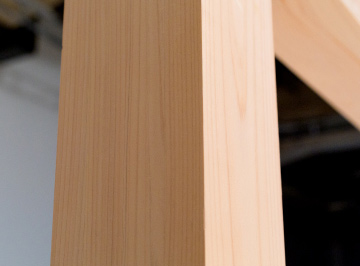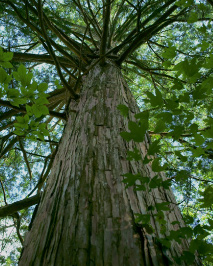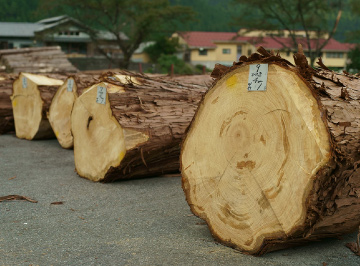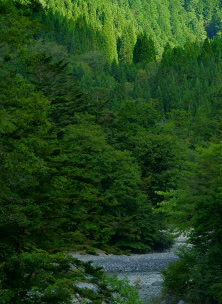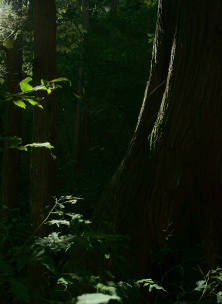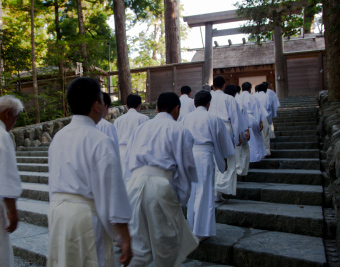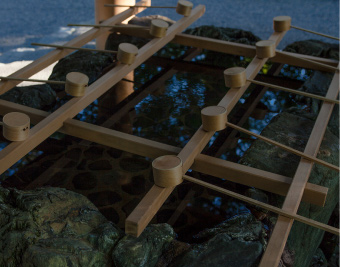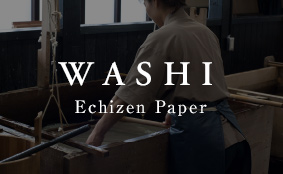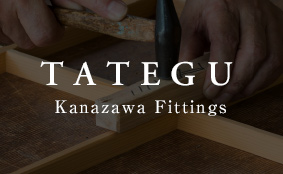Carefully selected materials
Japanese cypress (Chamaecyparis obtusa)
Japan’s most famous coniferous plant.
Since ancient times, this tree has been prized not only for its ornamental value,
but also for its durable wood, which is used in many distinguished structures.
The Iori makes use of Japanese cypress to brilliant effect.
“Standing on the cypress stage” is an old idiom in Japan.
Its origin comes from when the Tokugawa shogunate allowed
only certain recognized theaters to have stages built from cypress.
Performing at such a theater marked an actor as one of the best.
This status symbol illustrates how cypress has been venerated in Japan through history.
Kashimo Cypress(Nakatsugawa, Gifu)
The forested area of Kashimo, nestled in central Japan,
has long been known as a source of superior timber,
and today it is the only home of thick stands of Japanese cypress trees over 300 years old.
Wood from these precious trees has been used in the construction of the Horyu-ji temple,
UNESCO World Heritage site and oldest wooden building in the world,
as well as the construction or reconstruction of many other sites classified
as important cultural properties or national treasures.
People living in the Kashimo area say that raising trees takes as much care as raising children.
Creating the finest possible timber means working with the forest for 200 years.
The wood used in Iori comes from the same forest.
Ise Grand Shrine – Japan’s Holiest Site
~Kashimo Cypress and the Shikinen Sengu Ceremony~
During the 2016 Ise-Shima G7 summit,
a number of world leaders visited the Ise Grand Shrine,
a symbol of Japan, and one of its most important pilgrimage sites.
Every 20 years, a ceremony called Shikinen Sengu is held.
Its purpose is to temporarily transfer the spirit housed
in the shrine while the shrine itself is painstakingly and completely reconstructed.
Cypress wood used in this 1300-year-old tradition is cut from the forest in Kashimo,
and the largest pieces are made from trees more than 400 years old.
The materials that made up the old shrine are sent to other shrines throughout Japan,
where they are used for repair and rebuilding.
This includes shrines that were damaged or destroyed by the 2011 Tohoku earthquake and tsunami.
No matter the place or shape, cypress from the forests of Kashimo
has been a part of people’s lives, and a pillar of faith.





